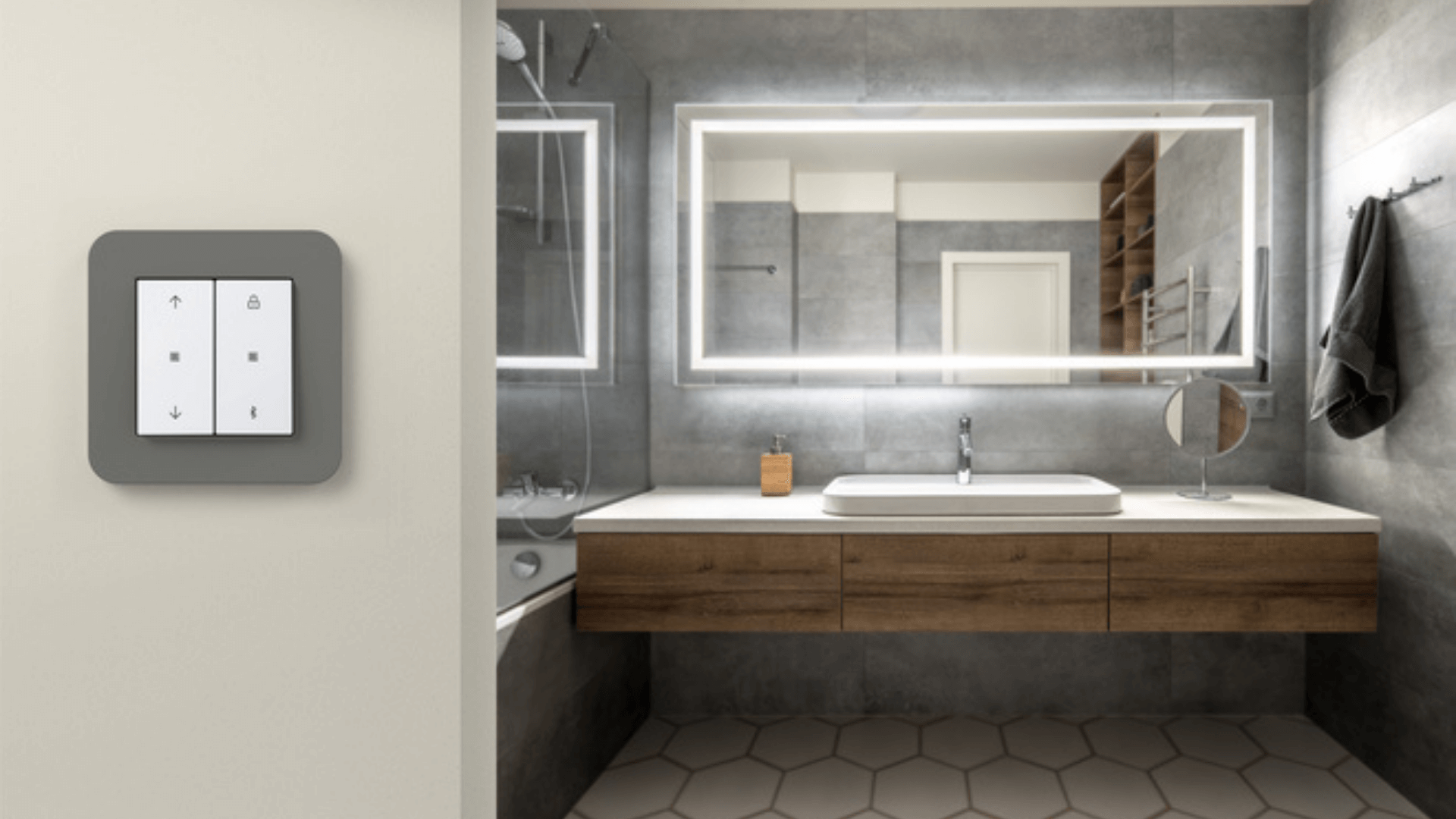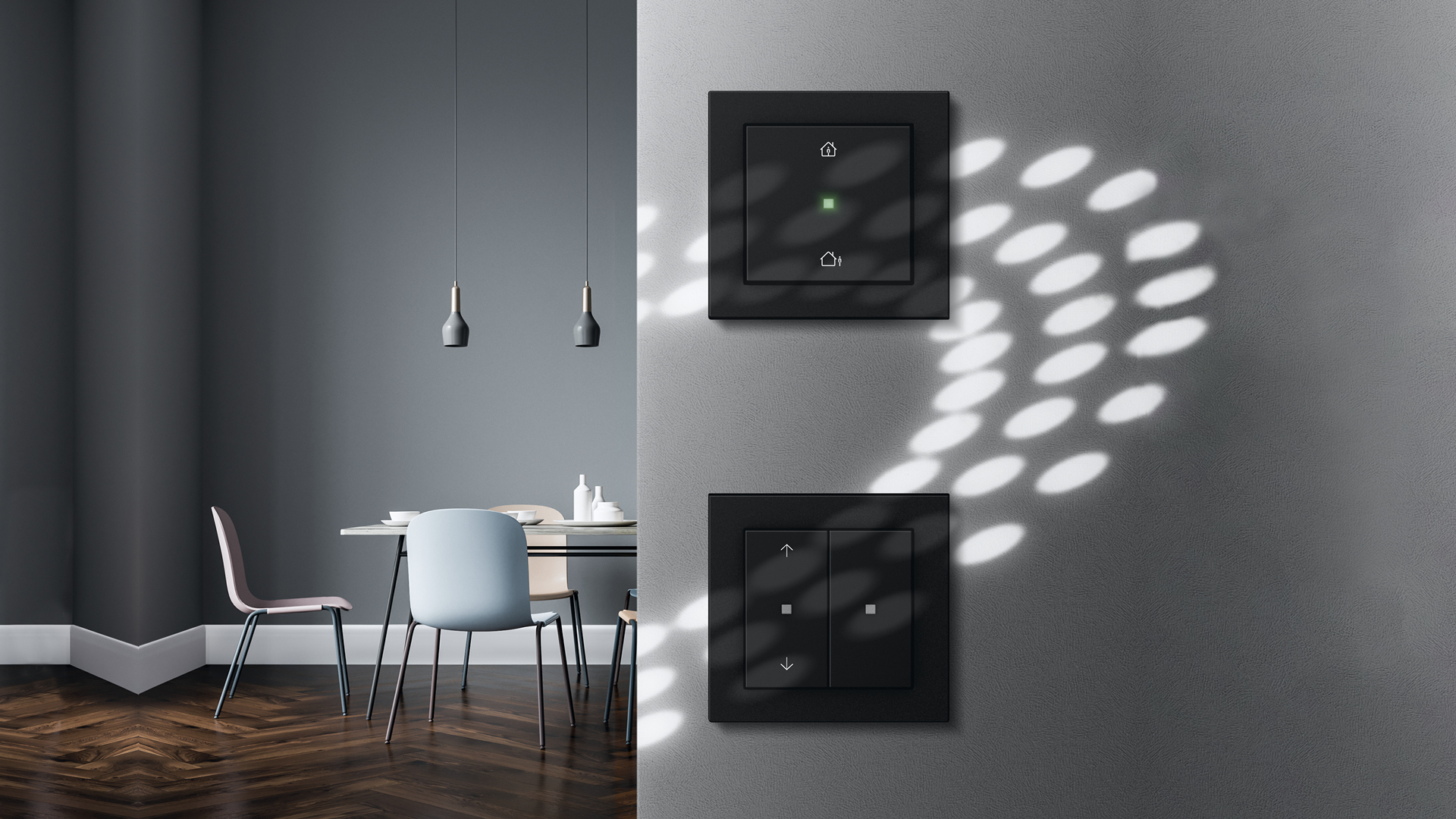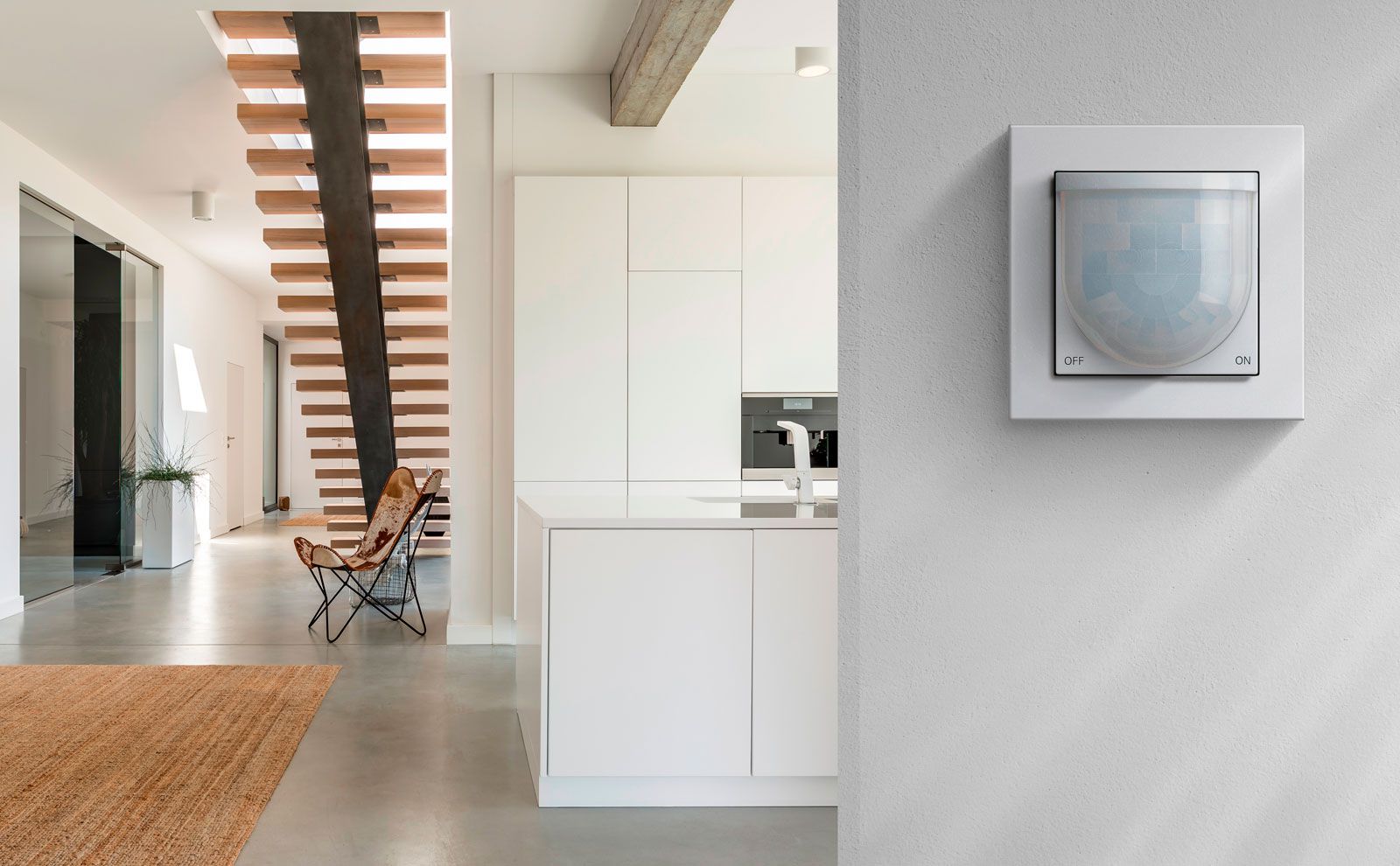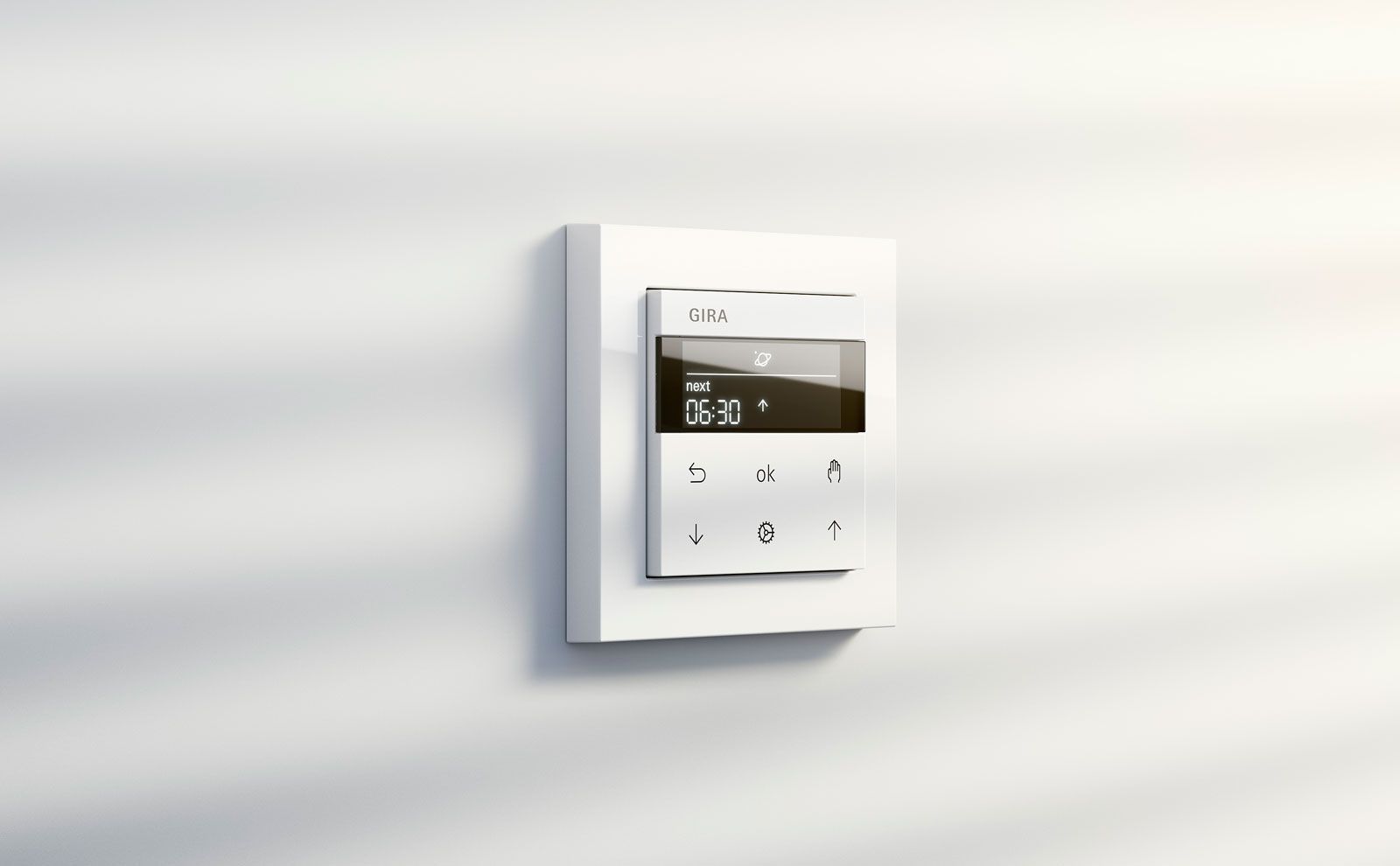
Your home should be your comfort zone – regardless of age or physical abilities. Thanks to smart technology, it is now easier than ever to create accessible living spaces for everyone.
On the way towards a barrier-free future
Inclusivity has become a key goal of today’s society. The idea sounds fairly simple – everybody should have equal opportunities in every aspect of life, no matter their gender, ethnicity, age, or physical condition. This relates to both public and private spaces: educational and work environments should be just as accessible as the homes we live in.
Inclusivity has become a key goal of today’s society. The idea sounds fairly simple – everybody should have equal opportunities in every aspect of life, no matter their gender, ethnicity, age, or physical condition. This relates to both public and private spaces: educational and work environments should be just as accessible as the homes we live in. According to recent estimates*, around 15 % of the world’s population are currently affected by disabling conditions – a number that will only continue to grow in the future, as more and more people live well into old age. It is therefore more important than ever to provide barrier-free living spaces for residents with different needs. This starts with the place where we all want to feel most comfortable: our homes. In the following, we share some practical tips for inclusive housing and explain how smart devices in particular can help out.
Source: United Nations
From public to private: how homes become accessible despite handicaps
Physical disabilities come in many shapes and forms, for many different reasons. By way of example, people might have to use a wheelchair due to a hereditary condition, an accident, or simply old age. When building or moving into a new house, you should therefore think about what you may need later in life. It’s never too soon to prepare for the future, even if you and your family feel perfectly healthy right now. But what does it take to render a home accessible for residents with physical impairments? We’ll give you an overview on essential aspects to consider – room by room.
Accessible entrance
For those relying on a walker or wheelchair, steps and high thresholds are a huge impediment. Ideally, barrier-free apartments or houses should have no-step entries with thresholds at no more than half an inch. Pathways to the front door should be limited to a gradual slope of 1/20, which makes homes accessible for manual wheelchairs. Locking and unlocking the front door might present another challenge. Keys are not always the safest option, especially if your eyesight is impaired or you don’t have a steady hand. In these cases, we recommend installing a smart lock system: with Gira Keyless In, you can open the door either via fingerprint or personal code. This can in fact prove useful for anyone, as you don’t have to worry about losing your keys and locking yourself out.
Accessible hall- and doorways
If your mobility is limited, you want to ensure that there’s enough space to move around without bumping into walls and corners. Doorways should have a minimum width of 36 inches so that wheelchairs can easily pass through. In hallways and most other areas, you will need a radius of about 1.5 to 2 metres to allow for 360-degree turns. You should also prepare for times when you wake up at night and feel disoriented in the dark: it’s a good idea to install smart switches with motion sensors that automatically turn on a dimmed, glare-free light whenever you pass by.
Accessible kitchen
Activities such as cooking or washing dishes can quickly turn into a struggle when you can’t stand up straight. Most conventional kitchens are full of barriers: high sinks, cupboards mounted on the wall, and larger-than-life fridges. But oftentimes, it doesn’t take much to remove these obstacles. Here’s a quick checklist for accessible home setups:
Activities such as cooking or washing dishes can quickly turn into a struggle when you can’t stand up straight. Most conventional kitchens are full of barriers: high sinks, cupboards mounted on the wall, and larger-than-life fridges. But oftentimes, it doesn’t take much to remove these obstacles. Here’s a quick checklist for accessible home setups:
free space beneath sinks and countertops to fit a wheelchair
lowered countertops with a maximum height of around 85 cm
multi-level countertops: there are design concepts that combine different heights (preferably 100 cm for standing and 75 cm for sitting down) to meet the needs of all family members
low drawers and cabinets: at least 50 % of your storage should be kept at ground level
refrigerator and freezer side by side (rather than on top of each other)
Accessible bathroom
Just as in the kitchen, sinks and shelves should be placed at a height that is reachable from different positions (standing up or sitting down). Another essential feature for bathrooms in accessible homes: grab bars mounted at key spots next to the toilet and shower. In a modern design, they can even serve as stylish accents on the wall. The shower itself should provide enough space to fit a wheelchair or stool and two people at once, in case the help of a caretaker is needed. You should always opt for a curbless entry – even if you don’t have any physical impairments. Ground-level showers makes it easier and safer to move around on wet floors, especially for small children and elderly people. A channel drain will furthermore reduce the risks of accidents, as the water runs off a lot faster.
Accessible living areas
At first glance, areas such as the bedroom or living room may seem less difficult to navigate than the kitchen or bathroom. But for people with handicaps, they can pose various challenges. Consider carpets, for example: if you are using a walker or wheelchair, you will have a hard time trying to cross the room. Accessible homes should have solid flooring made from hardwood or linoleum, without fluffy or slippery rugs. Visually impaired people furthermore benefit from furniture pieces that feel distinct to the touch: textured fabrics and unique shapes can help them find their way around the house.
Control options for barrier-free Smart Homes
Modern technology plays a major role in facilitating daily routines for all of us. If you are physically impaired, smart systems can remove a variety of barriers. Functions such as lights, blinds, and heating can now all be controlled without even pressing a switch. Depending on your capabilities (or preferences), there are several alternatives to choose from:
automated time schedules
voice command
The latter proves particularly helpful for people with limited mobility or eyesight. Using the Google Assistant or Amazon Alexa, all it takes to turn on the lights is a simple sentence. It works just as well if you want to listen to music, make some fresh coffee, or check the current time.



